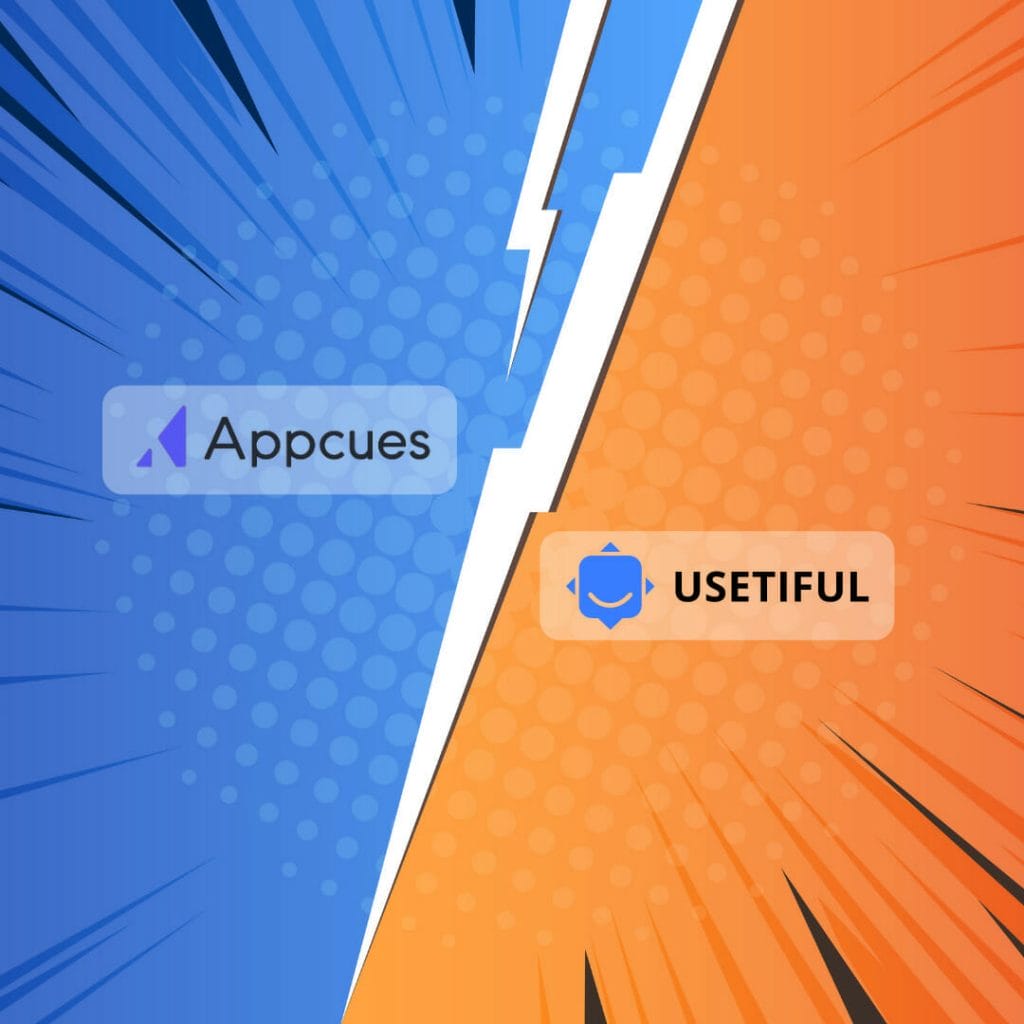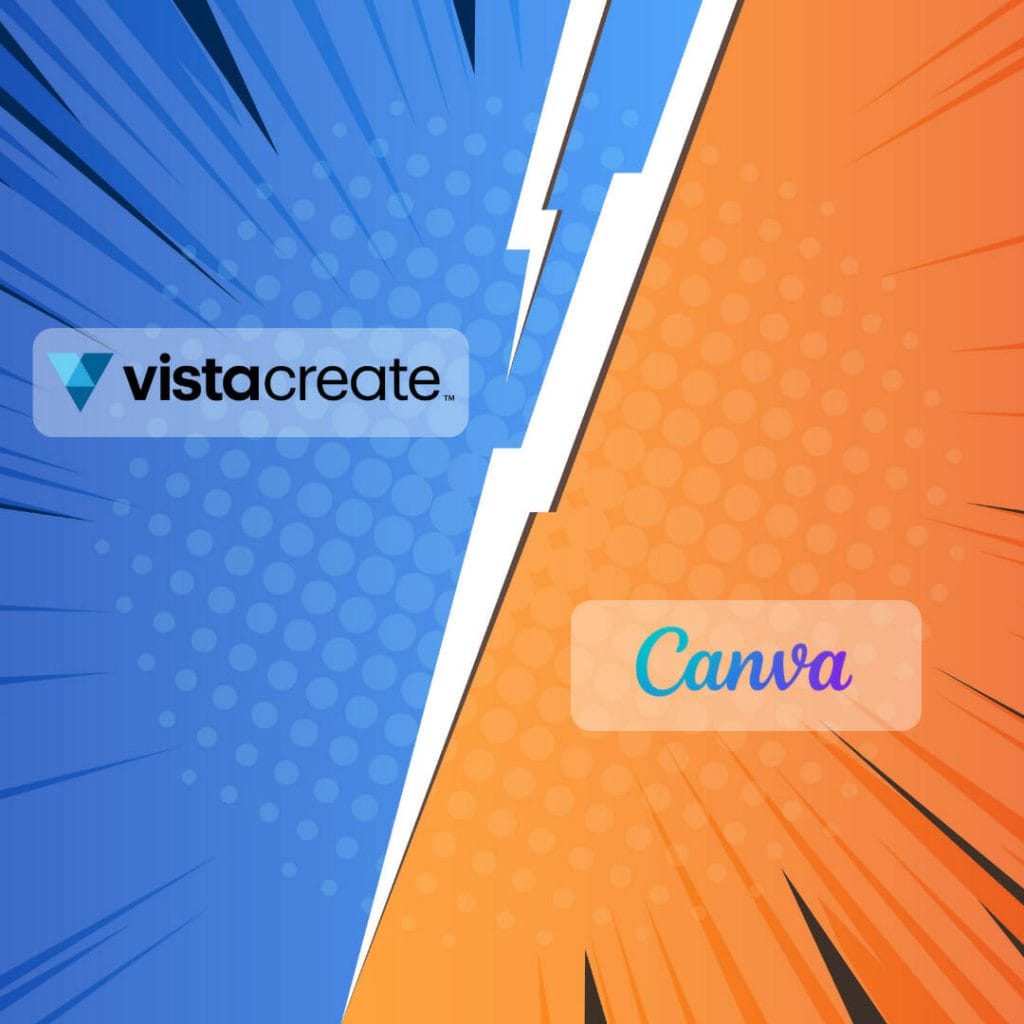In the world of online education and course creation, choosing the right learning management system (LMS) can make all the difference. For those looking to build a powerful and flexible online learning experience, two prominent LMS plugins for WordPress stand out: LearnDash and LearnPress. As each plugin comes with its unique set of features and capabilities, it is essential to understand the differences between them and ascertain which option best suits your needs.
LearnDash is renowned for its comprehensive feature set, catering to both beginner and advanced users, while focusing solely on its LMS plugin. Offering a user-friendly course builder, drip-feed course lessons, and a video progression feature, this plugin provides an impressive range of tools to create and sell engaging online courses. On the other hand, LearnPress is popular for its simplicity and affordability. The core plugin is free and comes with a drag-and-drop course builder for easy development and designing. This plugin is an excellent choice for those looking for a cost-effective solution to kickstart their eLearning venture.
However, it is crucial to remember that each plugin has its pros and cons, and the ideal choice depends on factors such as budget, scalability, and desired user experience. By diving deeper into the features, ease of use, and customization options that both LearnDash and LearnPress offer, you can make an informed decision and pick the plugin that caters to your eLearning requirements seamlessly.
About LearnDash

LearnDash is a powerful and versatile WordPress LMS plugin that allows you to create and manage online courses with ease. It comes with a user-friendly interface and extensive features to ensure you have everything you need for a successful e-learning platform.
Through its seamless integration with popular WordPress plugins like WooCommerce and various payment gateways like Stripe and PayPal, LearnDash offers flexible options for monetizing your content. The plugin supports various content types, including lessons, quizzes, assignments, and more, catering to a diverse range of educational experiences.
Another noteworthy aspect of LearnDash is its comprehensive course builder feature. This allows you to create and customize courses with an intuitive drag-and-drop interface, making it accessible for users with varying levels of technical expertise. Additionally, LearnDash is compatible with popular page builders like Divi, enabling greater customization and control over your course layouts.
When it comes to features and add-ons, LearnDash doesn’t disappoint. Its extensive library includes tools for creating advanced quizzes, automated notifications, course prerequisites, and more. This ensures a rich and interactive learning experience for your students. Furthermore, LearnDash offers exceptional customer support through their timely response, detailed documentation, and active community forums.
In terms of pricing, LearnDash offers multiple plans to cater to different budgets and requirements, with current prices ranging from $159 to $189. Each plan includes a set of advanced features and add-ons to help you create and manage professional and engaging online courses efficiently.
Overall, LearnDash stands out as a reliable and feature-rich WordPress LMS plugin, offering an excellent balance of customization, user experience, and support. With its wide array of functionalities and integrations, LearnDash is a strong contender for anyone looking to create and manage online courses on their WordPress site.
About LearnPress

LearnPress is a widely-used and feature-rich WordPress LMS plugin that enables users to create and manage online courses with ease. Its compatibility with WordPress allows for seamless integration with your website, helping you transform it into an effective learning management system.
One of the main advantages of using LearnPress is its ease of use. The plugin features a drag-and-drop course builder which allows you to effortlessly create and structure courses, lessons, and topics, making the process of building an online course simple and hassle-free.
Besides, LearnPress offers a variety of options to manage your members, such as subscriptions, certificates, and badges. These features enable course creators to reward learners for their achievements and encourage them to complete more courses. LearnPress also provides a comprehensive system for managing user roles and permissions, allowing you to have full control over your students’ learning experience.
Furthermore, LearnPress supports multiple integrations with popular tools and platforms that can greatly enhance the overall functionality and effectiveness of your LMS. Some examples of these integrations include payment gateways and marketing tools that can streamline your course administration and promotion processes.
In terms of appearance, this WordPress LMS plugin is known to look great out of the box, making it easy for users to set up and maintain a professional-looking online learning platform. Additionally, lessons can be reused in other courses, allowing for efficient content management and an optimized learning experience.
In conclusion, LearnPress is an accessible and feature-rich LMS plugin that caters to a wide range of users, from beginners to experienced course creators. Its seamless integration with WordPress, simple drag-and-drop course builder, and numerous customization options make it a popular choice among educators and online course creators.
Round 1: Best UX

When it comes to user experience, both LearnDash and LearnPress have their strengths and weaknesses. Let’s delve into the factors that contribute to the best UX for both LMS plugins.
LearnDash offers an easy-to-use course builder, with the ability to drip-feed course lessons, sell one-off courses and subscriptions. Their exclusive video progression feature enhances user engagement, while lessons can be reused in other courses. On the downside, some design features lack options which may limit customization capabilities.
In contrast, LearnPress’ UX benefits from a core free plugin, drag-and-drop course builder that looks great out-of-the-box. However, it does have a slower and more methodical development approach.
In terms of customer support, LearnDash has a solid reputation, while LearnPress, developed by ThimPress, offers support through forums and documentation. Both LMS plugins provide a range of customization options to create tailored courses, with marketing tools and prerequisites available for course creators.
Memberships and reporting capabilities differ between the two platforms. LearnDash provides comprehensive reporting and is compatible with both Zapier and CRM integrations, allowing advanced features and seamless management. LearnPress, on the other hand, has more limited reporting options, but it does offer essential data and statistics for course management.
The course creator’s ability to offer videos within the learning platform is crucial in enhancing the overall user experience. LearnDash’s exclusive video progression feature gives it an edge over LearnPress, which does not offer a similarly advanced video integration.
In conclusion, when evaluating the best UX for LearnDash and LearnPress, it is essential to consider customer support, ease of use, customization options, memberships, reporting, and multimedia capabilities. While both plugins offer their unique advantages, assessing which one best suits your needs will ensure a seamless experience for your course creators and students.
Round 2: Features Comparison

When it comes to features, both LearnDash and LearnPress have their strengths and weaknesses. In this round, we will compare different aspects of these two LMS plugins, covering elements such as selling courses, advanced quizzing, third-party tool integration, learning curve, and more.
LearnDash offers a robust platform for selling courses, with its drag-and-drop course builder that makes it easy to create and organize course content. The advanced quizzing engine in LearnDash allows for various question types and quiz settings, offering a highly customizable and engaging experience for students. LearnDash also integrates with popular third-party tools such as MailChimp and supports drip-feed content delivery for a more guided course structure.
On the other hand, LearnPress provides a flexible interface for course creation and management, although it lacks a built-in drag-and-drop builder. The core plugin is free, and you can extend its functionality by purchasing premium add-ons for advanced quizzing, drip content, and more. LearnPress allows you to sell courses through various payment gateways and integrates with several third-party tools, enabling you to create a feature-rich LMS.
In terms of learning curve, LearnDash can be considered more user-friendly, with its intuitive builder and a vibrant Facebook Group that provides support and community engagement. Moreover, it’s compatible with popular themes like Astra and offers plenty of documentation to help users get started. LearnPress, on the other hand, might require more time for beginners to understand, given its flexible yet less streamlined course building design. However, once familiar with the system, LearnPress offers a highly customizable platform.
Both LearnDash and LearnPress are suitable options for universities and educational institutions looking to create an LMS. LearnDash comes with more built-in features catering to advanced educational needs, while LearnPress requires add-ons to extend its capabilities. However, both platforms provide flexibility and scalability, allowing institutions to create tailored learning experiences for their students.
In conclusion, both LearnDash and LearnPress offer their unique set of features in the LMS space. The choice between the two depends on your specific needs, budget, and comfort level with the platforms. Carefully consider each aspect, such as selling courses, integration with third-party tools, and overall ease of use, before making your decision.
Round 3: Price

When comparing LearnDash and LearnPress, it’s essential to consider pricing, as this factor can play a significant role in the choice between the two LMS plugins. LearnDash offers a more straightforward pricing system, with three packages – Basic, Plus, and Pro – ranging from $159 to $199. These packages come with a set of features, including course prerequisites, content drip, gradebook, points, and notifications.
On the other hand, LearnPress is a freemium plugin, meaning the core plugin is available for free and can be extended using various free and paid extensions. Some of the extensions integrate with e-learning tools like ConvertKit and Paid Memberships Pro, enable assessments, content drip, and WordPress multisite support. The pricing of these extensions can vary, which allows you to customize your e-learning platform to suit your needs and budget.
Both LearnDash and LearnPress accommodate online learning and allow you to accept recurring payments, although you may need to use additional tools like Samcart or AccessAlly for payment processing integration. AccessAlly, for example, is an all-in-one e-learning solution that integrates with both LMS plugins and provides a more robust platform for recurring payments and membership management.
In terms of price, while LearnDash requires an upfront investment, it includes an extensive set of features covering most aspects of course creation and management. LearnPress, with its freemium model, gives users the flexibility to build their e-learning platform by selecting the necessary extensions. However, this could lead to additional costs over time, depending on the specific features required for the platform.
Ultimately, the choice between LearnDash and LearnPress heavily depends on your requirements and budget limitations. Both plugins cater to various aspects of online learning, such as assessments, notifications, and course prerequisites, and each provides different pricing models to suit individual needs.
Battle Decision: LearnPress Winner

When it comes to gamification, LearnPress takes the lead with its engaging and interactive features. Whether it’s badges, points, or certificates, the plugin ensures students are motivated throughout their learning journey. Moreover, LearnPress offers a variety of question types, enabling course creators to provide diverse and challenging assessments for their students.
In terms of pricing, LearnPress offers a distinct advantage with its one-time payment options. The core plugin is available for free, and the paid add-ons offer additional features at reasonable prices. This is beneficial for those on a budget or prefer not to commit to a monthly subscription. If you’re looking for discounts, LearnPress often provides promotional deals on their course bundles, giving you access to multiple premium features at a reduced rate.
Another noteworthy aspect of LearnPress is its compatibility with multisite WordPress installations. This means you can manage multiple websites and courses from a central dashboard, streamlining course creation and administration. As for customizations, LearnPress shines with its customizable nature. The plugin comes with a wide variety of options, allowing you to adapt it to your specific needs and branding preferences.
Lastly, LearnPress offers a leaderboard feature that fosters a sense of friendly competition among students. This helps in keeping the students motivated and engaged throughout the course.
In conclusion, LearnPress emerges as the winner in this battle, excelling in areas like gamification, pricing options, multisite compatibility, and customization. With its rich features and flexibility, it offers the right tools for creating and managing engaging courses.



